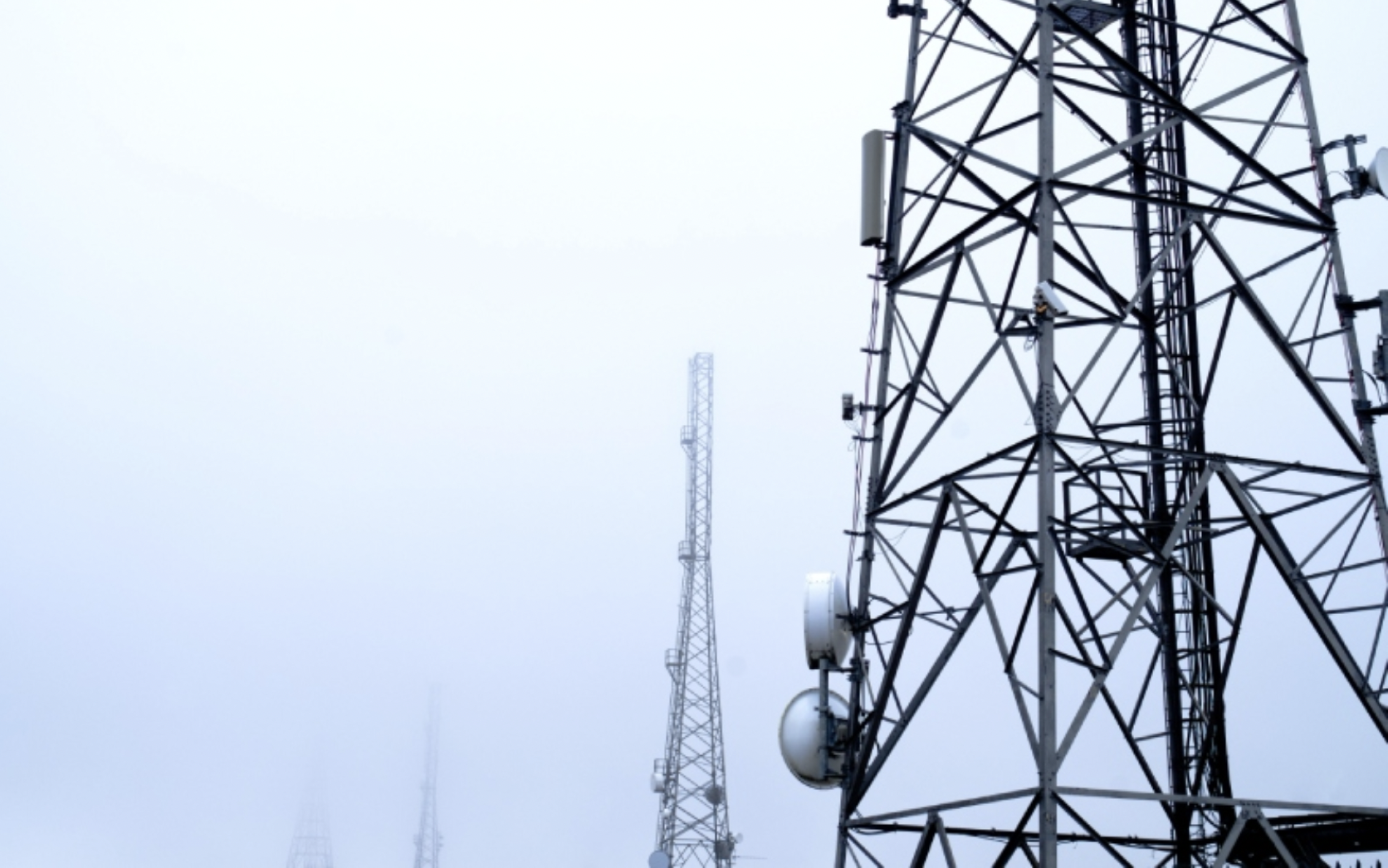
The Ministry of Communications (“MoC”) has issued a consultation paper on the “Need for a new legal framework governing Telecommunication in India”. While issuing the consultation paper, the MoC noted that the “India needs a new law which is clear, precise, and attuned to the realities of the sector for realizing the potential of telecommunication.” The MoC has sought suggestions from the public regarding the consultation paper until 25th August 2022.
Currently, the telecom sector is regulated by the Indian Telegraph Act, 1885, the Indian Wireless Telegraphy Act, 1933 and the Telegraph Wires (Unlawful Possession) Act, 1950. The Consultation paper recognises the fact that the technology and the nature of telecommunication have undergone a massive change since these laws came into effect. Hence, a new law on telecommunication is needed which aims at establishing and enabling a future-ready framework for the development of telecommunication sector and deployment of new technologies. Such a law needs to consolidate the existing laws governing telecommunication sector, while taking into consideration global best practices.
Salient Features
Our Take:
The MoC has taken a welcome step in recognising the archaic legal framework governing the telecommunication sector in India. With the advent of next generation technologies like AI, 5G, M2M, ML, etc., this initiative by the MoC is noteworthy since it may potentially remove any legal lacunae delaying the deployment of such technologies.
The Consultation Paper dwells upon the need to have a framework for RoW without analysing the problems affecting the extant RoW regulations issued in 2016. A Judicious approach could be to first issue a white paper outlining the lacunae in the existing RoW regulations and thereafter ameliorate the RoW framework.
Similarly, the extension of the ambit of USOF for research and development purposes is laudable. However, it is equally important to continue to resolve the problem of underutilisation of the existing funds under USOF for deployment of telecommunication facilities in underserved areas.
The move to make penalties proportionate to the offence committed is in line with the ease of doing business approach of the Government of India and is certainly much needed and commendable. A detailed consultation process with the industry and relevant stakeholders is highly recommended to ensure balancing of interests.
Lastly, the provision to mandate telecommunication equipment standards should be accompanied by detailed consultation process as well as an exercise rationalizing the extant standards mandated under the Mandatory Testing & Certification of Telecommunication Equipment and the National Security Directive on Telecommunication Sector. Overlapping mandates for equipment certification militates against a light touch regulatory approach and ease of doing business initiative adopted by the Government of India.
Links:
Link to the Consultation Paper on the need for a new legal framework governing telecommunication in India – https://dot.gov.in/sites/default/files/Consultation%20Paper%20and%20Notice.pdf?download=1
Indian Telegraph Right of Way Rules, 2016 – https://dot.gov.in/sites/default/files/ROW_2016.pdf?download=1
License Agreement For Unified License – https://dot.gov.in/sites/default/files/UL%20AGREEMENT%20with%20Audiotex%20M2M%20without%20INSAT%20MSSR%2017012022.pdf?download=1
Mandatory Testing & Certification of Telecommunication Equipment – https://tec.gov.in/pdf/MTCTE/MTCTE%20PROCEDURE%20ver%202.1%20Release%20May%202021.pdf
National security directive on telecommunication sector – https://www.trustedtelecom.gov.in/
This article was first published on Saikrishna & Associates